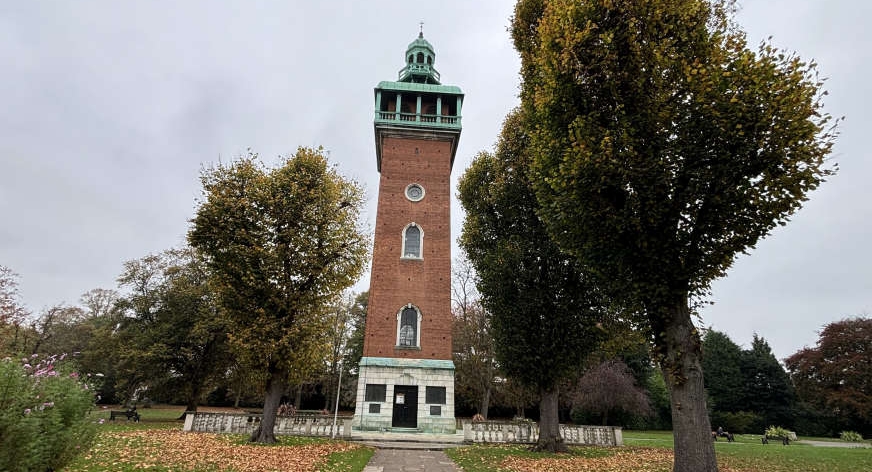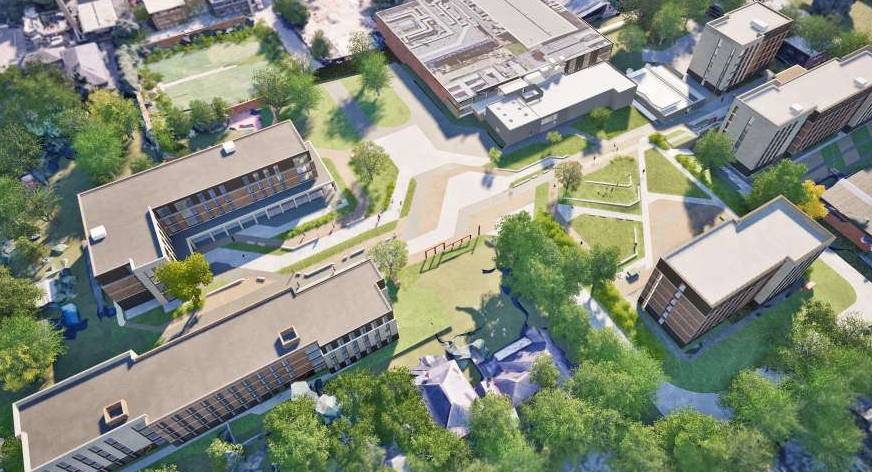
Bradgate Park and Swithland Wood is the 220th National Nature Reserve in England.
Bradgate Park and Swithland Wood have become a designated National Nature Reserve.
The Leicestershire green space contains rare examples of fossils from the Precambrian Period over half a billion years ago.
Bradgate Park is the only National Nature Reserve where you can find fossils of this age.
Tony Juniper, Chair of Natural England, said: “This National Nature reserve at Bradgate Park and Swithland Wood is not only an important step for Nature recovery, but being so close to Leicester is also a great example how we can make Nature accessible for people living in our cities. The reserve will protect geological and archaeological treasures and create a bigger and better-connected area for wildlife. It also presents are reminder of how working together in partnership can drive Nature recovery at scale, in the process helping to achieve our ambitious national environmental targets.
“National Nature Reserve status will help to protect this site for the future and today’s launch is a fitting start to National Nature Reserves week, which offers a chance for people to celebrate our wonderful natural world and to learn more about these fantastic natural treasures that are protected across the country for everyone to enjoy.”
Bradgate Park and Swithland Wood is the 220th National Nature Reserve in England.
James Dymond, Director of Bradgate Park Trust, said: “This is a landmark moment for Bradgate Park and Swithland Wood. They are home to some of the oldest fossils and rocks in England and to have the site’s conservation value recognised in this way is a fantastic achievement.
“For Bradgate to be part of His Majesty The King’s series of National Nature Reserves is a real honour and I’m extremely grateful to the teams of professionals, specialists and volunteers who have worked together to make this achievement possible.
“As well as being a Green Flag Heritage Site, we’ve now got a nationally recognised nature reserve too which we hope will raise the profile of our geological history and its importance.”


 Beaumanor Hall temporary closed due to public safety risk
Beaumanor Hall temporary closed due to public safety risk
 Charnwood resident chosen to light the beacon for 80th anniversary of VE Day
Charnwood resident chosen to light the beacon for 80th anniversary of VE Day
 Loughborough student wins international competition to design hearing technology jewellery
Loughborough student wins international competition to design hearing technology jewellery
 Air Ambulance called after collision on M1
Air Ambulance called after collision on M1
 Nominations open for Leicestershire Partnership NHS Trust’s Celebrating Excellence Awards
Nominations open for Leicestershire Partnership NHS Trust’s Celebrating Excellence Awards
 Loughborough University proposes new student accommodation development on campus
Loughborough University proposes new student accommodation development on campus
 Airport celebrates 60th anniversary
Airport celebrates 60th anniversary








